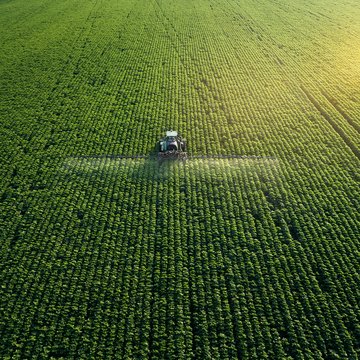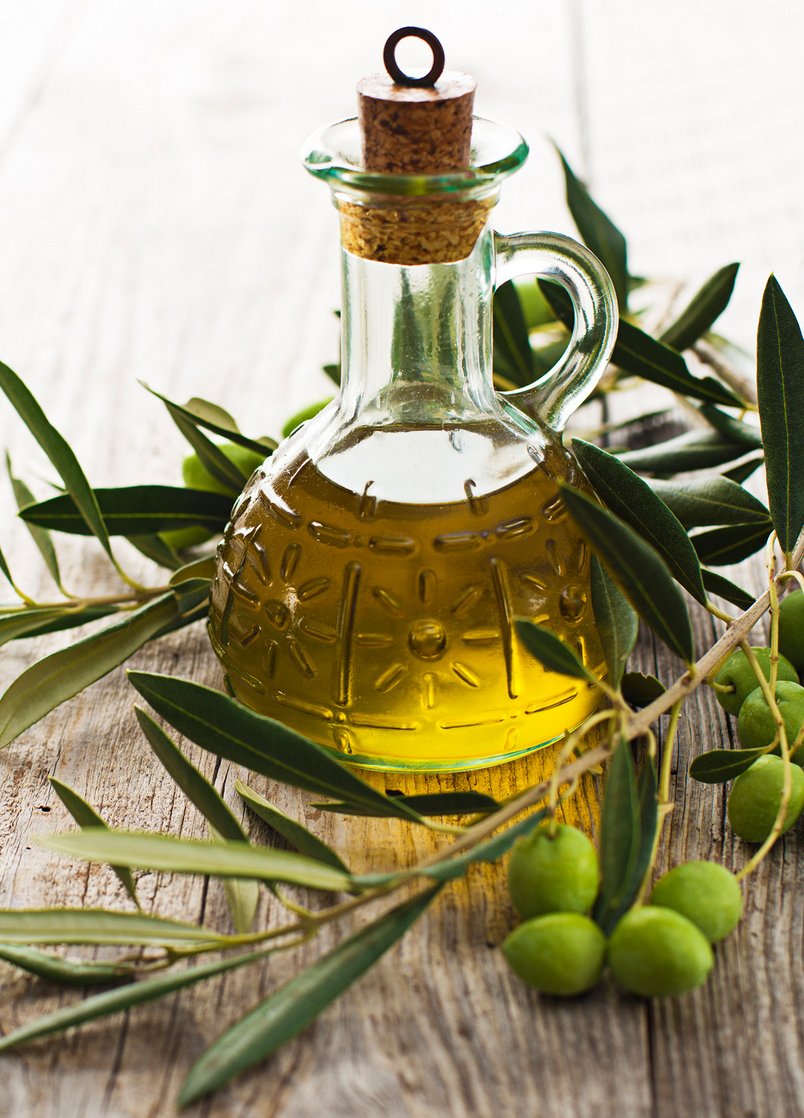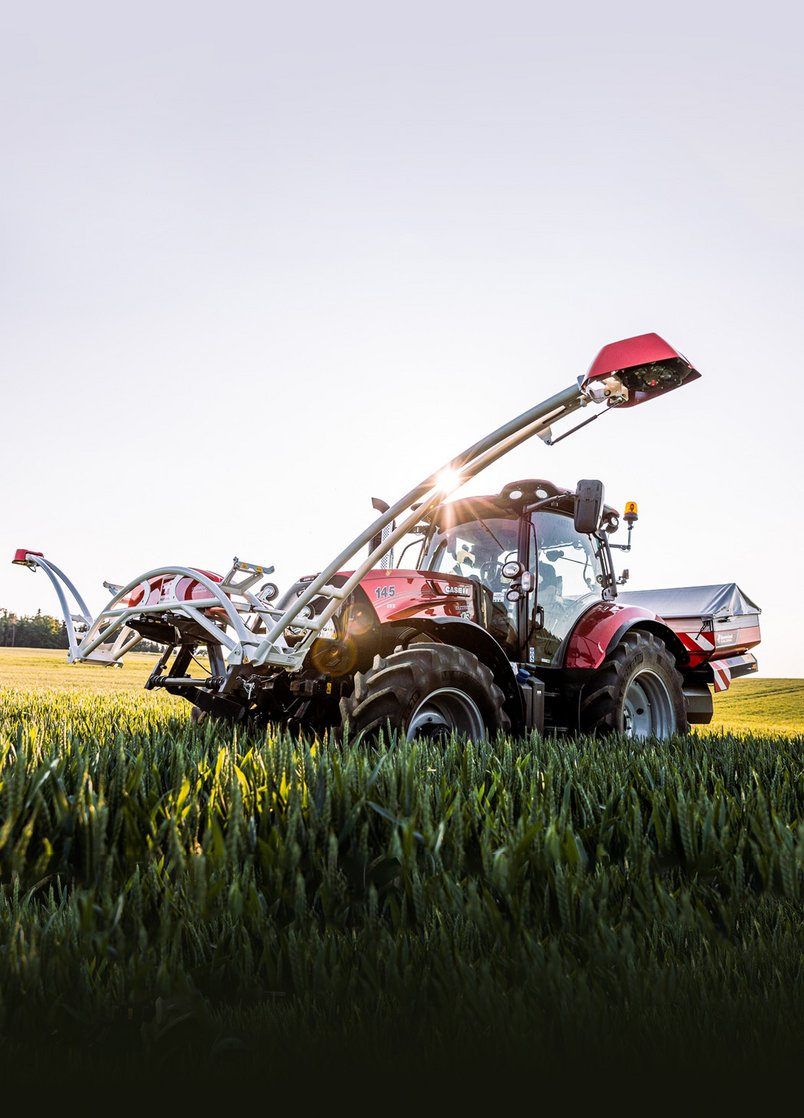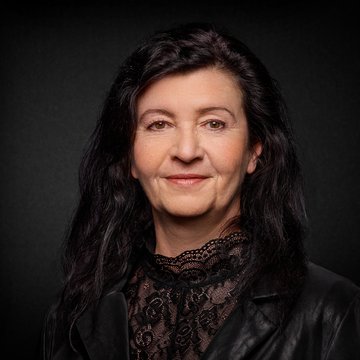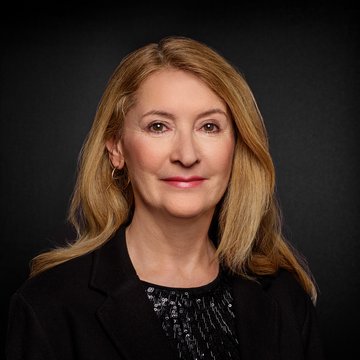Photonics News No 89
Photonics News Magazine - Issue 89
Editorial
#PN89

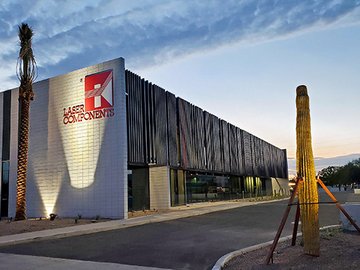
Editorial
Dear Reader,
After falling infection rates in summer, we have once again been grounded by the “new” reality at the beginning of cold season. The hope remains that the economy will be less affected than in the spring. All companies have developed suitable hygiene concepts or tested and optimized functioning processes for mobile working in the best possible way.
At LASER COMPONENTS it is important to us that we stick to our long-term goals despite the incalculable extent of the pandemic, the end of which is still not foreseeable. We are using this quieter time to develop new products and technologies. In addition, investments in the order of 10 million euros have been completed or initiated in recent months.
First and foremost, we would like to mention our new production facility in Chandler, Arizona, which was ready to be occupied on schedule at the end of September after less than twelve months of construction. The almost 3,000 m² building is used for the development and production of avalanche photodiodes and infrared detectors, the demand for which has multiplied in recent months. For this purpose, state-of-the-art temperature- and humidity-controlled cleanrooms of class ISO7 (10,000 according to US standard FED-STD-209E) with airtight passages and an air shower were installed. The new building provides space for 60 employees working in a single shift and up to 200 employees working in three shifts. Since more space is now available, we have been able to double all critical production equipment and expand our automated testing capacities.
We have also invested diligently at the production site in Germany. For example, another large ion beam sputtering coating system for producing high-quality laser optics will soon be put into operation, as well as additional measuring stations, to determine the absorption by means of cavity ring-down spectroscopy. We start with testing at 1064 nm; however, 532 nm, and 355 nm are also possible. With a set of reference mirrors, absorption values in the range of R> 99.995% can be measured at 1064 nm.
At the end of November, a completely revised concept for the measurement of single-photon counters will be available. This allows several fiber-coupled and free-beam modules to be measured and characterized simultaneously. It is now also possible to measure at 505 nm in addition to 405 nm, 670 nm, and 804 nm, which is new. The beam paths are adjusted automatically, and the process flow from production to measurement has been optimized. The burn-in capacity for COUNT modules has been increased from 20 test stations to 80.
We will inform you about further details of these and other investments in the future in the coming months.
Yours,
Patrick Paul
Managing Director, Laser Components GmbH
Healthy and High-Quality Food
Beyond Borders
How Do Fruits and Vegetables Stay Healthy?
The quality control of agricultural products does not end with their harvest. This is especially true for fruit and vegetables that are not directly processed because the condition of the fruit changes during storage and transport. During harvesting, the fruit is separated from the plant, and therefore no longer receives water and nutrients. At the same time, more water is lost through evaporation: a decay process begins that makes the goods more susceptible to pests and ultimately spoiling. Researchers are looking for ways to assess the “state of health” of fruits and vegetables quickly and automatically in order to keep the yield of harvested food as high as possible.
Intelligent Agriculture
Beyond Borders
Fertilizer Is Important – But How Much?
Mankind has used fertilizers since ancient times to increase the yield of field crops. In addition to manure and animal feces, the Romans and Celts used carbonated lime and marl. In the 19th century, nutrient-rich guano was one of the most important sources of income in South American countries. Wars were even fought over the coveted bird droppings. Since the beginning of the 20th century, the Haber-Bosch process has been used to produce synthetic ammonia – and thus the first artificial fertilizer.1 Today, this subject is a hotly debated political issue. As with anything else, it is a matter of the right dosage. Useful and harmful aspects must be weighed against each other. Optical technologies can help to find the right balance.
What will Become of our Climate?
Beyond Borders
No Agriculture Without Rain
Agriculture cannot thrive without rain. For a long time, this has sounded like a truism, but it is gaining new meaning with the increasing threat of global warming. The study of water in the atmosphere is becoming more and more important. Scientists are not limiting themselves to the obvious accumulation of water in the clouds. The water vapor in the upper layers of the atmosphere has also become the subject of research. It is a major cause of the so-called “greenhouse effect,” which, on the one hand, ensures that our planet remains habitable. On the other hand, there is the danger that the atmosphere can heat up so much due to a “feedback effect” that the Earth will be transformed into an uninhabitable wasteland. With powerful LiDAR methods, researchers aim to unlock the secrets of water vapor.
New Products
Beyond Borders
LASER COMPONENTS Germany - Your competent partner for optical and optoelectronic components in Germany.
Welcome to LASER COMPONENTS Germany GmbH, your expert for photonics components. Each product in our wide range of detectors, laser diodes, laser modules, optics, fiber optics, and more is worth every Euro (€/EUR). Our customized solutions cover all conceivable areas of application: from sensor technology to medical technology. You can reach us here:
Werner-von-Siemens-Str. 15
82140 Olching
Deutschland
Phone: +49 8142 2864-0
Email: info(at)

